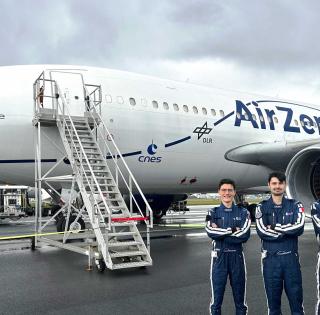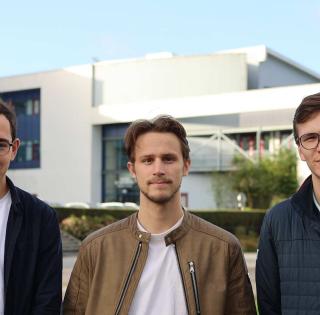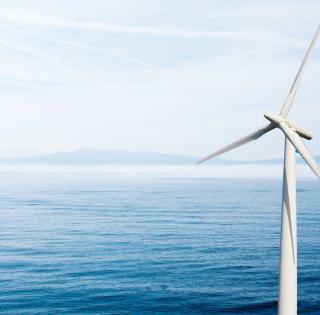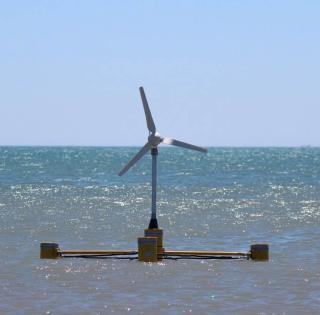
"I chose to attend ENSTA Bretagne because it was the only school to offer a major in Pyrotechnics, but in the end, I chose a totally different path. During the first year of general studies, we learned to develop and program little robots, and it blew my mind!"
A passion for robotics awakened at ENSTA Bretagne
In his first year, Saad discovered the world of robots and computer programming. He was so taken with this subject that he became president of the Spacieta club, whose goal was to develop a rocket with embedded systems that would measure various parameters during its flight.
He began to major in embedded computing, and in his final year decided to pursue a double degree that opened his eyes to the world of research. Along with his engineering degree, he obtained a Research Masters in Dynamic Systems and Signals from the Université d’Angers.
For his final-year project, thanks to the contacts he'd made at school (the class of 2013 was mentored by the CEO of CGG), he began work at the geoscience company CGG, whose main clients are oil and gas companies. His work centered on the hardware and software development of a low-cost, easily-produced underwater robot, part of the SpiceRack® project for seismic underwater exploration using robot swarms.
"Over that six-month period I often traveled to Graaltech in Italy, as they were in charge of the mechanical aspects of the robots. I received the support of ENSTA Bretagne technicians and research students for the software and embedded electronics part of the project. This was an excellent experience for me, and made me want to continue working for CGG while pursuing doctoral studies."
Three years of research on underwater robotics
As soon as he'd graduated as an engineer, Saad began working on a CGG-funded PhD thesis at ENSTA Bretagne.
His thesis on underwater robotics was entitled "Localization of a Swarm of Underwater Robots Using Set-Membership Methods".
Localization under water is much more difficult than it is on land. GPS-type localization systems aren't adapted to this hostile environment with difficulties in electromagnetic wave transmission, murky waters and ocean currents. Saad's work focused on two projects that planned the deployment of hundreds of AUVs (autonomous underwater vehicles) able to position themselves and map the ocean floor.
- SpiceRack® planned to launch a swarm of nearly 200 robots from a ship. Each robot would then assume its predetermined position on the seabed and take measurements. At the core of the project was the underwater localization of each robot.
- Moussafir is a project developed for Saudi Aramco, the world's largest oil company, developed to search for oil reserves by launching a swarm of robots from a ship. The challenge was to control the swarm, with each robot positioning itself in relation to another to form a grid. The robots had to maintain their position and economize energy by using ocean currents to move around.
The Moussafir project is the largest deployment of AUVs for industrial purposes.
Saad used set theory to map all of the possible AUV positions. His system was based on a single beacon on board the ship. The AUVs are passive communicators and possess an inter-vehicle relative positioning system. Interval analysis has proven to be very useful in working with these types of non-linear systems.
Saad has applied for patents for each of his projects.
Every project is inspiring because of the technical challenges involved, but also because of the new opportunities created for more ecological marine exploration, as the AUVs use only ocean currents to move around.
A passion and a career
To continue his exploration of new fields and techniques, Saad decided to move to the prestigious Massachusetts Institute of Technology in Boston. His work there will take him further in his exploration of controlling robot swarms. MIT's lab on the River Charles will make it easier to carry out testing in realistic conditions.










